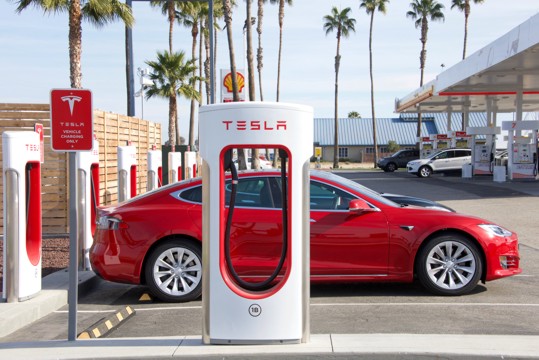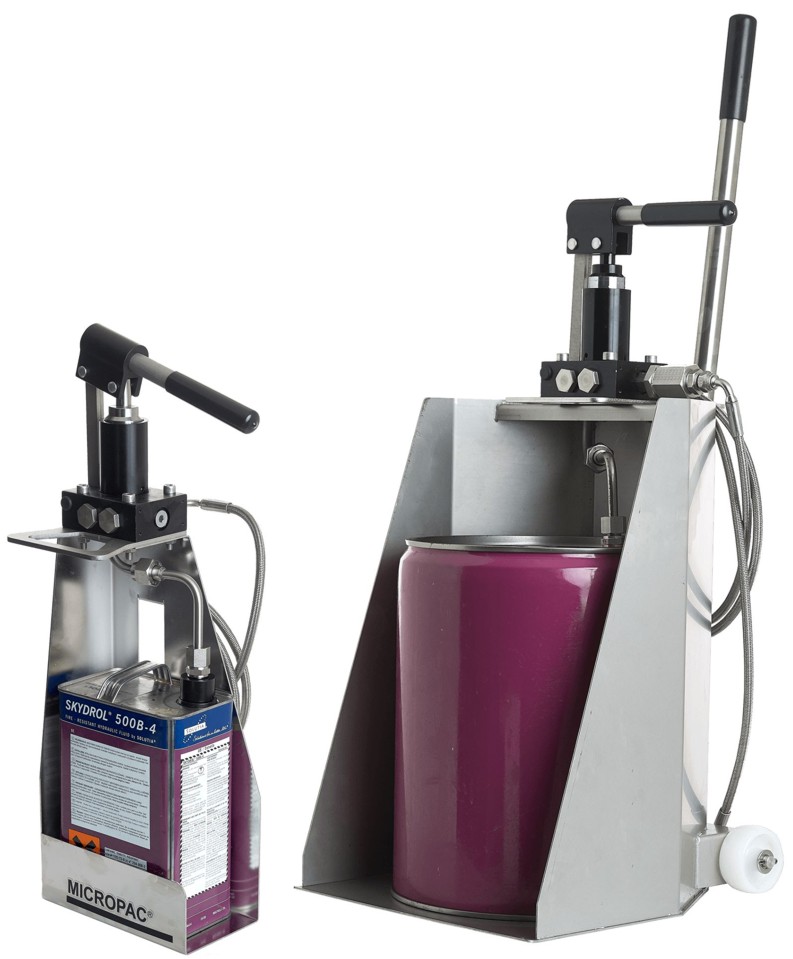Gadget boys and girls are in heaven.
How the world has changed for people making their second largest purchase after a house. Fifteen years ago we had cars which had become dramatically more reliable, lasted eighteen years and any corner garage could repair them with pattern parts.
We have had a massive change in the business model of the car industry and its product.
Who is the winner? How has the business model changed? Cars are dramatically cheaper at least in the mass market. You can still clock up a massive invoice if you desire every option under the sun on a German car, but don’t I just love the gadgets that somebody paid for on my BMW. Cars are much more economical. Service intervals are much longer. Manufacturers have met the challenge of making them cleaner. They are much safer for occupants, pedestrians and other road users. The so called family car is cavernous inside compared with that of twenty years ago allowing punters to carry so much more “stuff”. And carry stuff they do! Seeing MPV’s jammed full of the paraphernalia that is a prerequisite of a simple family weekend away does make you wonder how people ever managed with a Mini or Austin Allegro. Cars are heavier within sectors, simply because they are larger. They seem to depreciate ferociously. We are told that they are more reliable, whatever that means. Consumers love gadgets and gadget boys and girls are in heaven. So many accessories have become necessities. I can’t see any way back to those wind-down windows, manual levers for the heating or a car without air conditioning.
Built in obsolescence has always been part of the game. Since Alfred P. Sloan at General Motors developed the motor industry business model in this direction in the 1930’s, everybody has been quite aware of what the game was. Some people embraced the model passionately and were swept along with the need to upgrade. Either the car looked old fashioned to the beholder or rust and reliability persuaded the motorist to move on, normally at your leisure. Some cars did not last yet some were unbelievable. In the mass market, Beetles and Golfs would go on and on. Land Rover Defenders hung around for ever. Many people did not embrace the obsolescence game and there were a lot of old cars on the roads and undoubtedly over capacity in the industry.
Against the odds, the motor industry has successfully changed its model. Maybe government action to cut pollution and improve safety pushed change. Nevertheless, the model is dramatically different.
Now we have a true consumer product that simply fails and we either cannot see what is wrong or it is simply not worth repairing. The “platform” is stuffed with electronics, controlling no end of “systems”. These range from engine control systems, through added “safety” systems such as electronic stability systems through to the whole range of gadgets. Twelve electric motors to adjust the driver’s seat. That just reeks of hassle after a few years! Hundreds of sensors are all wired up with connectors and many subject to extremes of temperature, vibration and humidity. We all have colleagues or friends who have had something fail and have been stung hundreds of pounds for whatever electronic control unit or sensor the dealer workshop computer diagnosed was at fault. Maybe the problem is solved, maybe not. Lots of people just get shot of the car at the first sign of trouble, giving rise to what I think is a massive pool of “lemons” in the car trade with this or that electronic problem lurking ready for the next owner. Whether you like it or not, there is a good chance that your ownership of your pride and joy will be curtailed due to one problem or another.
Where does the business model go from here? One would hope that electronics should become more reliable, provided there is a desire to do so. Maybe getting seven years use out of the engine ECU is part of the deal. Increasing the number of sensors up and up must reduce reliability, as they all have their own probability of failure. Can consumers be driven to rent their cars and be forced to upgrade at the end of a contract? If leasing already accounts for a chunk of the market, the industry is already part of the way there. Take the business model to the extreme and imagine a world where after so many years, the ECU software is just no longer supported and you have to scrap the car. Is that really fanciful?
Yes, the consumer has benefited mightily from lower cost cars and a much more pleasant driving experience. Enjoy the experience but know that you will not be driving around in the same vehicle for years like you used to. Your “old banger” is more likely to be a five year old vehicle with some nasty gremlin in the ECU rather than a twenty year old Mondeo.
A business model like that of Sarum Hydraulics which manufactures well engineered hydraulic hand pumps and pressure test pumps, serviceable with low cost service kits and lasting for years seems alien in the modern world. Look at our gear on www.sarum-hydraulics.co.uk or buy on line on www.pump-shop-pro.co.uk






Leave A Comment